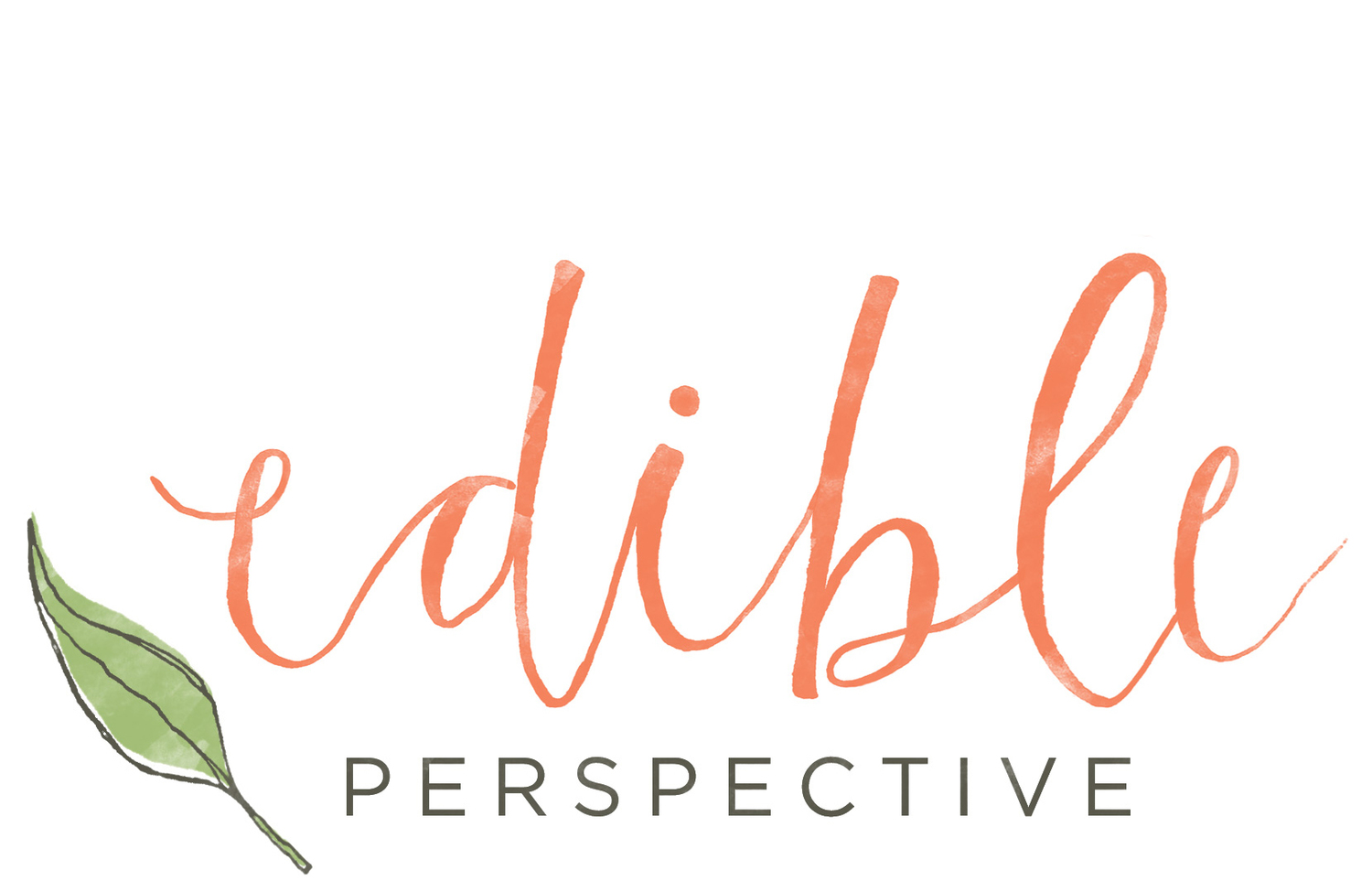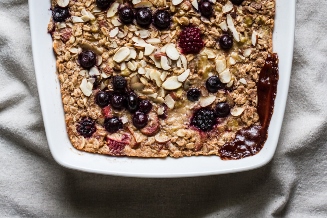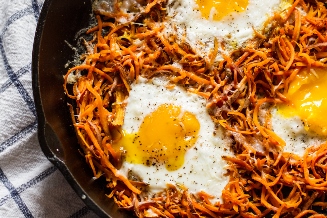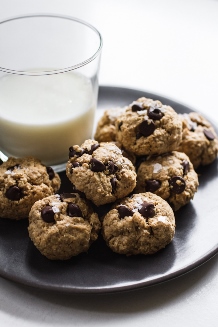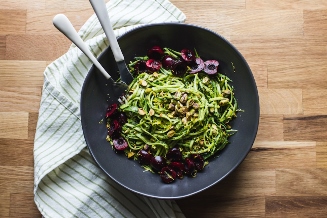photography 101 {definitions}
/How nice of me to give you this “thinking required” post on Friday. The day when your brain is beginning to shut down. The day when you just want to see photos and a tantalizing weekend recipe. Maybe I should plan out my weeks more carefully?
But, what’s done is done! Let’s get on with it!
If there is anything we both know, it’s that photography terminology can be confusing. These words aren’t commonly used everyday and they are easy to mix up and forget. We’ve tackled most of these definitions in the past, but I thought it would be a good idea to have them all in one post. I’ve also included a few new + old visuals to help explain things a little clearer.
I’m hoping the diagrams + photos will make up for the fact that I posted a long list of definitions on a Friday.
Don’t forget to check out my photography page for a full listing of my photography 101 posts!
aperture Measured in f-stops, aperture controls the size of the opening in your lens. The size of the opening controls the amount of light that passes through the lens, to the image sensor. Aperture effects the exposure + depth of field in your photographs.
Don’t forget! Aperture not only determines your depth of field, but it also effects exposure [the brightness/darkness of your photograph].
- the wider the aperture -> the more light will be allowed through the lens
- the tighter the aperture -> less light will be allowed through the lens
- the wider the opening -> the smaller the f-stop # -> the narrower the depth of field
- the tighter the opening -> the larger the f-stop # -> the wider the depth of field
f/1.8 = wide opening = more light coming in = less in focus = narrow depth of field
f/22 = tight opening = less light coming in = more in focus = large depth of field
As the aperture narrows to f/22, the depth of field widens.

When narrowing your aperture, which increases your depth of field, the camera will require more light to properly expose the photo. You can manipulate the amount of light coming in by adjusting the shutter speed and/or the ISO.

auto mode The mode on your camera, where the camera decides all of the settings for you. It makes the decision on how bright the photo should be, if the flash will be used, etc. If you’re using a dSLR and keeping it in “auto” mode, you basically just paid $600+ for a really fancy point n’ shoot.
backlit Lighting your subject from behind. You are facing the light.

bokeh The out of focus area in your photograph, which lies outside of the depth of field.
depth of field A range of sharpness [about 1/3 in front of the focal point and 2/3 behind it] in front of and behind the subject. This is determined by aperture [f-stop #], focal length, and focus distance.
*Remember* Depth of field not only varies by changing the aperture [f-stop #], but also by your distance away from the focal point. The further away you stand from your object, the wider the depth of field becomes [more is in focus as you stand further back] and vice versa. 
diaphragm The piece inside of the camera that opens + closes as you change the aperture. The opening inside of the lens.
[source]

exposure The brightness or darkness level of the photo, caused by the amount of light captured on the photographic medium, as the photo is taken.
- when shutter speed is increased [faster], the exposure is darkened
- when shutter speed is decreased [slower], the exposure is brightened
Tip! When working in manual mode, a rule of thumb for a properly exposed photo, is getting the in-camera exposure meter to read right in the center at “0.” However, this is not always the case. Maybe you prefer a slightly brighter photo or artistically, want a photo darker or brighter for a specific reason. Or, maybe your camera shoots on the dark side. Mine does! Aim for setting the exposure meter [aka: light meter] in the middle, then preview the photo and adjust accordingly for your next shot.
[source for all 3 images below]

Brighter ———————————-> to the right

to the left <———————————— Darker

fixed focal length A lens that is unable to zoom. You must rely on yourself by moving further or closer to the subject. When you see a lens with only 1 “mm” measurement, it is fixed. ie: 50mm f/1.4, 35mm f/2
focal length [mm] Distance from the center of the lens to the image sensor plane [inside the camera]. This is measured in “mm” and determines the framing of the subject [how much of the subject/scene that the lens can capture]. [ie: 50mm lens : 25-78mm lens : 100mm lens]

focal point The point at which you have focused your camera.

ISO Your camera’s [specifically the image sensor] sensitivity to light.
low ISO = 100 [less light sensitive] When using a low ISO, means the lighting conditions are bright. This would be a sunny day outside or if you have a window where light pours into your house. I don’t know if I ever shoot in ISO 100 indoors, simply because there is not enough light coming into the house. A tripod definitely helps to allow a lower ISO to be used since the shutter speed can be set much slower with the camera being stable on the tripod.
high ISO = 1600 [more light sensitive] Using a high ISO means the lighting conditions are dark or poorly lit. As it gets darker out earlier, I have to crank up my ISO to make up for less light. You will tend to need a higher ISO in the evening, or in a poorly lit restaurant, etc.
iso 100

iso 200

iso 400

iso 800

iso 1600

jpeg A file format that compresses + saves the image data into one layer, as soon as the photo is taken. It undergoes sharpening + contrast adjustments inside the camera and then flattens the file. This makes it much harder to post process, without seeing degradation in the quality of the photo. [jpeg = pre-treated = flat]
- data collected when the photograph is snapped –> data is sharpened, saturated + compressed –> camera spits out a flat file for you to use
- In a way, jpeg is kind of like auto. You’re basically letting your camera decide things for you. When the photo is taken, as the data is being compressed, the camera is also making adjustments like sharpening + saturating the photo. It’s like a little mini editing process that you have no control over.

light bounce A reflective surface, used to bounce light onto your subject. This creates fewer shadows and softer lighting.

In a pinch, I’ve even had luck bouncing light with a paper towel or a white plate!

manual mode The setting on your camera, that lets you set the ISO, shutter speed, and aperture for each photograph you take. Your photos have the most potential when using manual mode. YOU are in control.
- Experiment using trial + error. It’s hard to ask why an “auto” photo didn’t turn out right, but it’s much easier to figure out if you have your camera on full manual. You can see the settings for each photo you’ve taken, evaluate what is wrong with the photo, and what setting needs to be changed next time. ie: the photo is underexposed [dark] – one way to fix this is to slow your shutter speed to let more light in the camera, which will brighten the photo
minimum focus distance Varied with each lens, this is the minimum distance you must be standing from your subject, for the lens to properly focus. This is measured from the focal plane inside the camera body [not from the lens] to your focal point. For instance, with the Canon 50mm f/1.8 lens, to allow the lens to focus properly, the focal plane needs to be at least 1.5’ away from the focal point.
noise A grainy film on the photo that results from setting the ISO too high. Just because your camera’s ISO can be set to 1600, 3200 or higher, it doesn’t mean your camera is able to produce a quality image at that level. The higher you set the ISO the noisier the photo
ISO 1600, which is the highest setting on my camera and not really usable.

over exposed A washed out or blown out photo. Too much light, creating a loss in the highlight detail.


RAW Not technically an image yet, this is the image data that has been collected onto the image sensor of your camera, after snapping the photo. The data is collected in a series of layers, that can be manipulated during post processing without losing much quality in the photo, because it has not been flattened. [raw = untreated]
data collected when the photograph is snapped –> data is kept in a series of layers –> camera spits out the series of layers into your photo editing program
*refer to diagram under "jpeg" for a visual
shutter The piece in the camera that allows light to pass through, for a specific amount of time, varied by your shutter speed setting.
shutter speed Measured in seconds, shutter speed refers to the amount of time your shutter remains open while you take the photo. During this time, your camera collects light + records the photographic data.
- 1” = the shutter will remain open for 1 second
- 1/50 = the shutter will remain open for 1/50th of a second
- shutter speed affects the amount of light coming into the camera and the way movement appears in a photo
- the faster [less time] the shutter stays open, the less light enters through the lens opening
- the slower [more time] the shutter stays open, the more light enters through the lens opening

under exposed Not enough light, creating a muddy photo, and a loss of detail in the shadows.

white balance An in camera adjustment, which allows your camera to create the most accurate colors in your image as possible. This can also be adjusted in post processing.
…
Phewww! We made it! Well, hopefully you did!
And for a little exciting news…
I’m starting to feel a bit more professional, with this 24” HP monitor for photo editing! This will make a world of difference in comparison to using my laptop. Thanks to hours of Chris’s time researching + waiting for the best deal to pop up. He got everything set up last night and calibrated the monitor, using Spyder Pro 3. Definitely a necessity for delivering the best quality images to clients!
--photo
Ashley
In case you want to print the definitions, but don’t want to waste a ton of ink on the photos + diagrams, I copied + pasted the definition list below.
aperture Measured in f-stops, aperture controls the size of the opening in your lens. The size of the opening controls the amount of light that passes through the lens, to the image sensor. Aperture effects the exposure + depth of field in your photographs.
Don’t forget! Aperture not only determines your depth of field, but it also effects exposure [the brightness/darkness of your photograph].
- the wider the aperture -> the more light will be allowed through the lens
- the tighter the aperture -> less light will be allowed through the lens
- the wider the opening -> the smaller the f-stop # -> the narrower the depth of field
- the tighter the opening -> the larger the f-stop # -> the wider the depth of field
f/1.8 = wide opening = more light coming in = less in focus = narrow depth of field
f/22 = tight opening = less light coming in = more in focus = large depth of field
auto mode The mode on your camera, where the camera decides all of the settings for you. It makes the decision on how bright the photo should be, if the flash will be used, etc. If you’re using a dSLR and keeping it in “auto” mode, you basically just paid $600+ for a really fancy point n’ shoot.
backlit Lighting your object from behind. You are facing the light.
bokeh The out of focus area in your photograph, which lies outside of the depth of field.
depth of field An equal range of sharpness [about 1/3 in front of the focal point and 2/3 behind it] in front of and behind the subject. This is determined by aperture [f-stop #], focal length, and focus distance.
*Remember* Depth of field not only varies by changing the aperture [f-stop #], but also by your distance away from the focal point. The further away you stand from your object, the wider the depth of field becomes [more is in focus as you stand further back] and vice versa.
diaphragm The piece inside of the camera that opens + closes as you change the aperture. The opening inside of the lens.
exposure The brightness or darkness level of the photo, caused by the amount of light captured on the photographic medium, as the photo is taken.
- when shutter speed is increased [faster], the exposure is darkened
- when shutter speed is decreased [slower], the exposure is brightened
Tip! When working in manual mode, a rule of thumb for a properly exposed photo, is getting the in-camera exposure meter to read right in the center at “0.” However, this is not always the case. Maybe you prefer a slightly brighter photo or artistically, want a photo darker or brighter for a specific reason. Or, maybe your camera shoots on the dark side. Mine does! Aim for setting the exposure meter [aka: light meter] in the middle, then preview the photo and adjust accordingly for your next shot.
fixed focal length A lens that is unable to zoom. You must rely on yourself by moving further or closer to the subject. When you see a lens with only 1 “mm” measurement, it is fixed. ie: 50mm f/1.4, 35mm f/2
focal length [mm] Distance from the center of the lens to the image sensor plane [inside the camera]. This is measured in “mm” and determines the framing of the subject [how much of the subject/scene that the lens can capture]. [ie: 50mm lens : 25-78mm lens : 100mm lens]
focal point The point at which you have focused your camera.
ISO Your camera’s [specifically the image sensor] sensitivity to light.
low ISO = 100 [less light sensitive] When using a low ISO, means the lighting conditions are bright. This would be a sunny day outside or if you have a window where light pours into your house. I don’t know if I ever shoot in ISO 100 indoors, simply because there is not enough light coming into the house. It’s rare that I”m on ISO 200. Typically my camera is set to ISO 400 when indoors, using a tripod.
high ISO = 1600 [more light sensitive] Using a high ISO means the lighting conditions are dark or poorly lit. As it gets darker out earlier, I have to crank up my ISO to make up for less light. You will tend to need a higher ISO in the evening, or in a poorly lit restaurant, etc.
jpeg A file format that compresses + saves the image data into one layer, as soon as the photo is taken. It undergoes sharpening + contrast adjustments inside the camera and then flattens the file. This makes it much harder to post process, without seeing degradation in the quality of the photo. [jpeg = pre-treated = flat]
- data collected when the photograph is snapped –> data is sharpened, saturated + compressed –> camera spits out a flat file for you to use
- In a way, jpeg is kind of like auto. You’re basically letting your camera decide things for you. When the photo is taken, as the data is being compressed, the camera is also making adjustments like sharpening + saturating the photo. It’s like a little mini editing process that you have no control over.
light bounce A reflective surface, used to bounce light onto your subject. This creates fewer shadows and softer lighting.
manual mode The setting on your camera, that lets you set the ISO, shutter speed, and aperture for each photograph you take. Your photos have the most potential when using manual mode. YOU are in control.
- Experiment using trial + error. It’s hard to ask why an “auto” photo didn’t turn out right, but it’s much easier to figure out if you have your camera on full manual. You can see the settings for each photo you’ve taken, evaluate what is wrong with the photo, and what setting needs to be changed next time. ie: the photo is underexposed [dark] – one way to fix this is to slow your shutter speed to let more light in the camera, which will brighten the photo
minimum focus distance Varied with each lens, this is the minimum distance you must be standing from your subject, for the lens to properly focus. This is measured from the focal plane inside the camera body [not from the lens] to your focal point. For instance, with the Canon 50mm f/1.8 lens, to allow the lens to focus properly, the focal plane needs to be at least 1.5’ away from the focal point.
noise A grainy film on the photo that results from setting the ISO too high. Just because your camera’s ISO can be set to 1600, 3200 or higher, it doesn’t mean your camera is able to produce a quality image at that level. The higher you set the ISO the noisier the photo
ISO 1600, which is the highest setting on my camera and not really usable.
over exposed A washed out or blown out photo. Too much light, creating a loss in the highlight detail.
RAW Not technically an image yet, this is the image data that has been collected onto the image sensor of your camera, after snapping the photo. The data is collected in a series of layers, that can be manipulated during post processing without losing much quality in the photo, because it has not been flattened. [raw = untreated]
- data collected when the photograph is snapped –> data is kept in a series of layers –> camera spits out the series of layers into your photo editing program
shutter The piece in the camera that allows light to pass through, for a specific amount of time, varied by your shutter speed setting.
shutter speed Measured in seconds, shutter speed refers to the amount of time your shutter remains open while you take the photo. During this time, your camera collects light + records the photographic data.
- 1” = the shutter will remain open for 1 second
- 1/50 = the shutter will remain open for 1/50th of a second
- shutter speed affects the amount of light coming into the camera and the way movement appears in a photo
- the faster [less time] the shutter stays open, the less light enters through the lens opening
- the slower [more time] the shutter stays open, the more light enters through the lens opening
under exposed Not enough light, creating a muddy photo, and a loss of detail in the shadows.
white balance An in camera adjustment, which allows your camera to create the most accurate colors in your image as possible. This can also be adjusted in post processing.
